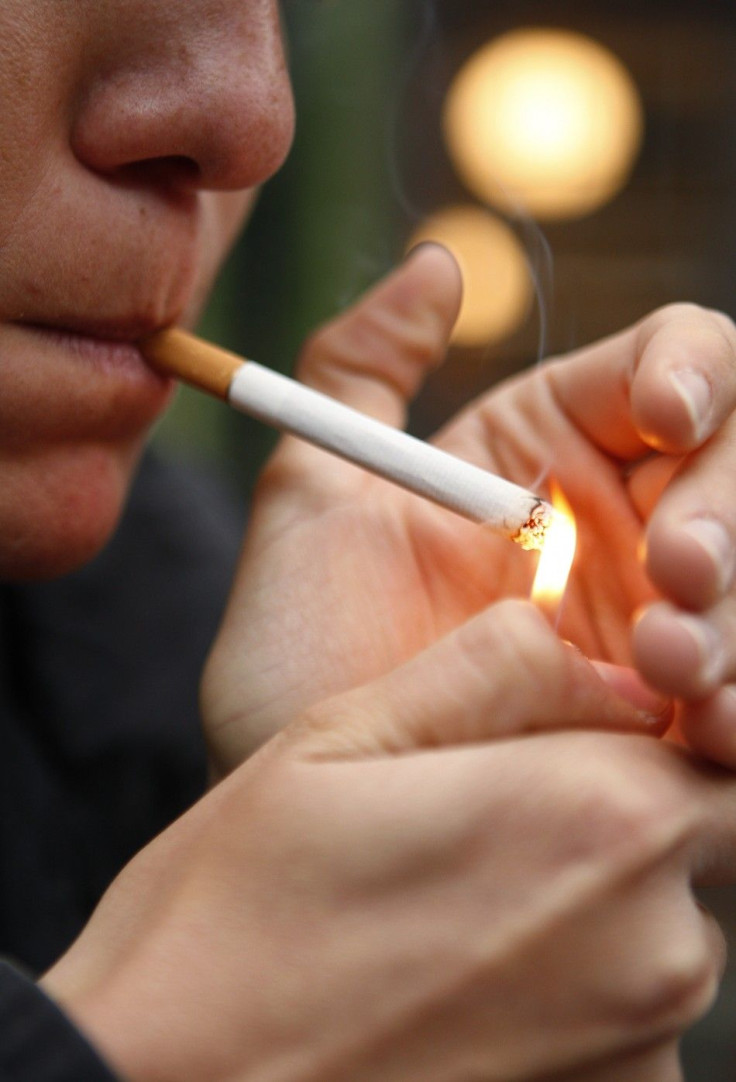Good Workout Could Help Teenagers Quit Smoking: Study

Nicotine patches, nasal sprays, chewing gum are just some of the products designed to help smokers kick the habit. But a new study shows that a good workout can have a significant impact in helping smokers quit the habit, especially for teenage boys.
The study, which was done in West Virginia, was reported in the journal Pediatrics.
The study involved three programs and 233 students participated. The students were randomly selected and put on brief cessation programs. Overall, the teens averaged a half a pack of cigarettes on weekdays and a pack a day over the weekends.
One was the Not-on Tobacco (NOT), a standard cessation program, which involved 10 weekly small-group sessions, in which a facilitator helps kids figure out why they smoke and find ways to kick the habit. The second was the NOT plus exercise advice program, where teenagers were given advice on exercise as well as counseling. The third was the brief intervention program in which teen smokers had one session with a program facilitator.
At the end of six months the study showed that the group in the NOT plus exercise program had the highest quit rate of 31 percent, followed by the standard cessation NOT group which had a quit rate of 21 percent. Almost 16 percent in the brief intervention group weren't smoking. Quitting was defined as not smoking for seven days.
The study demonstrated that physical activity could be a great replacement activity to smoking.
This study shows that West Virginia youth can quit smoking given the right tools, said Horn. We simply need to get these tools in the community so that teen smokers can readily access them.
The results also showed that exercise had an especially tremendous benefit for boys, while girls were able to quit with or without it.
Among the boys in the NOT plus exercise group, 37 percent had quit by six-months, as compared to only about 18 percent in the standard program, reports Reuters. Girls' quit rates, however, were similar in both groups -- at 26 percent and 23 percent, respectively.
Depending on how we looked at the quit rates, the physical activity module did not seem to directly help girls stop smoking, which is especially puzzling to us since our preliminary analysis for a forthcoming paper showed that those girls actually increased in physical activity, said study author and Community Medicine professor, Kimberly Horn, in a statement.
According to usatoday.com, slightly more than 17 percent of American teenagers are current smokers, reports the U.S. Centers for Disease Control and Prevention. Teen smokers are more likely to use alcohol and illegal drugs, according to the CDC. And, about one-third of teen smokers will continue to smoke and will die in later life from a smoking-related disease, reports the CDC.
© Copyright IBTimes 2024. All rights reserved.











